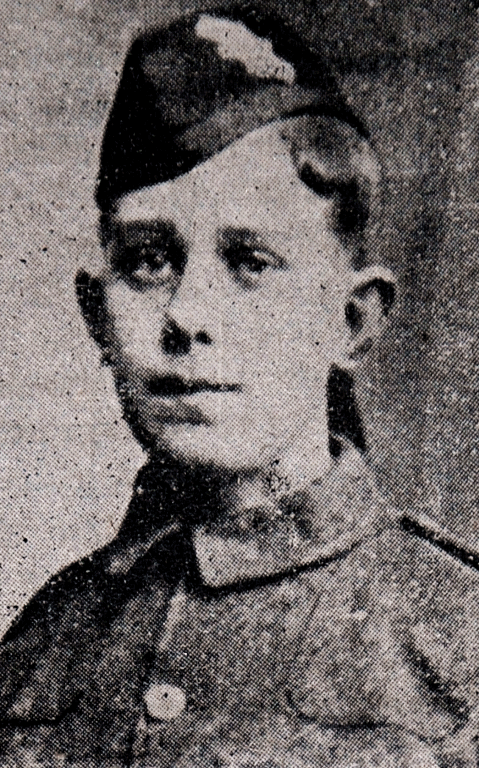
“Dear Mr Oliver, It is with deepest regret I convey to you the sad news that Charlie, your youngest son, died of wounds on Thursday, 24th August.”
These words formed the opening of the welcome speech at the University of Stirling’s recent war memorial exhibition launch.
They were taken from a letter sent to a Stirling father in 1916, informing him that his 18 year old son, Charles Oliver, had been killed at war. Oliver is just one of 100 of the Stirling fallen, documented and commemorated in the new exhibition.
The exhibition – named ‘A Stirling 100’ – was opened officially by Keith Brown MSP and is the result of research work undertaken by Drs Jim Smyth and Michael Penman from the University’s Division of History and Politics. Its aim is to encourage greater awareness of the human cost of the Great War (1914 -1918) and how it is remembered.
‘A Stirling 100’ features photographs of all the parish memorials to the Great War located within the boundaries of the current Stirling district. It also presents photographs and biographical information about 100 fallen servicemen, gathered through archival sources and local newspapers, including the Stirling Observer.
MSP for Clackmannanshire and Dunblane, and Veterans’ Minister, Mr Keith Brown, who opened the exhibition said: “I would like to congratulate everyone at the University who put together this excellent exhibition, which has offered a valuable insight into communities across Stirling.
“War memorials are very important; they link the past to the present and enable people to remember and respect the sacrifice of those who died, fought, participated or were affected by conflicts.”
He added: “Scotland’s contribution to the Great War was significant and the impact it had on our communities must never be forgotten. 100 years on, it is right and fitting to mark this important part of our nation’s history and to remember the role and sacrifice of Scottish servicemen and women and their families.”
Dr Michael Penman, a senior lecturer in History at Stirling, said: “Now that the last of the war veterans has passed away and the 100th anniversary of the conflict looms, we want to demonstrate – to anyone interested in researching memorials and the fallen of the war – what can be done from home and in local archives.
“This exhibition brings about greater understanding of how unique Scotland’s experience of the war was in several key ways. It allows us to see something of the impact of the war on local communities by revealing the families who lost loved ones, the work skills lost and the wider community impact of this largely civilian army.”
He added: “It also details something of the processes of funding, designing, erecting and unveiling a war memorial in a number of often very different communities, and reveals how controversial a local campaign to establish a war memorial could be in the years after the war.”
‘A Stirling 100’ is part of a bigger project ‘Lest Scotland Forgets’, based within History and Politics at the University of Stirling, which has been working with schools to encourage a greater awareness of the Great War and how it is remembered.
The exhibition will be on display at the Art Collection in the Pathfoot Building of the University until February 2013. The Pathfoot Gallery is free to attend and open to the public Monday to Friday, 9.00am – 5.00pm, and weekends, 11.00am – 3.00pm.
